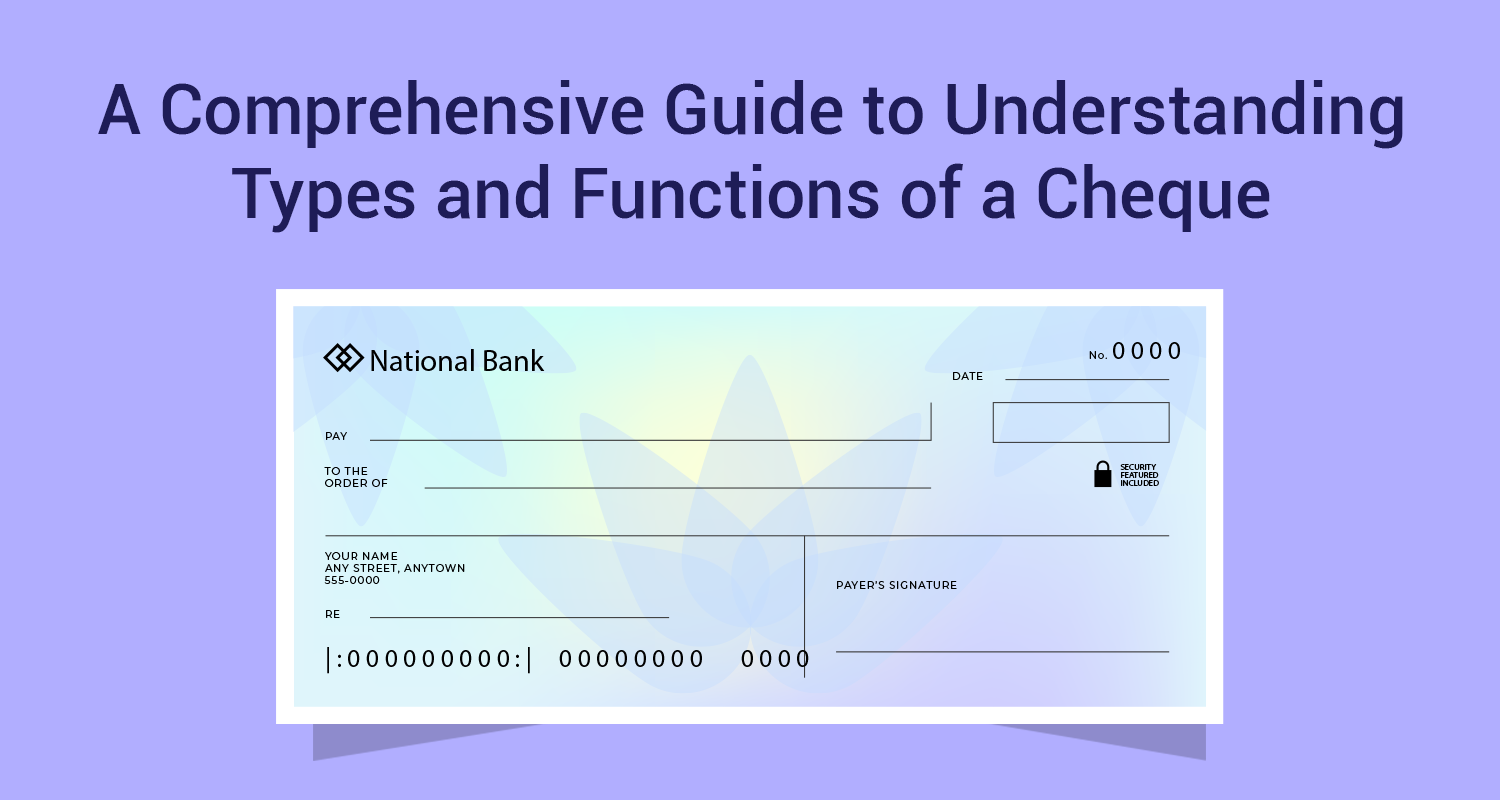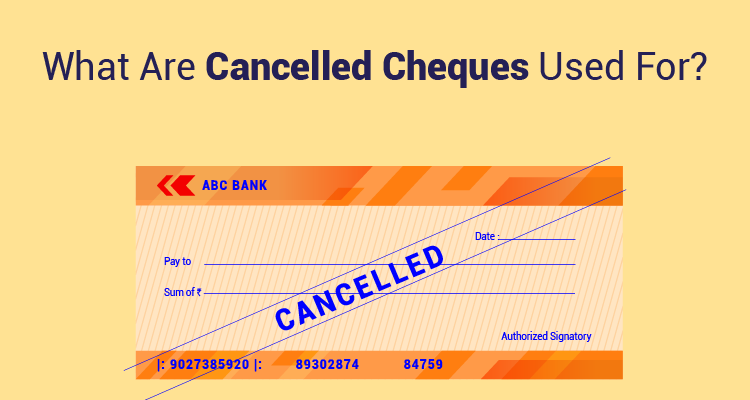Things One Should Know Before Investing in ELSS Funds

If you have decided to invest in an ELSS fund or have been advised to invest in an ELSS fund, you need to first acquaint yourself with the nuances of what an ELSS is all about. An equity-linked savings scheme (ELSS) is your passport to saving on taxes and creating wealth in the long run at the same time.

When it comes to ELSS funds there are 6 basic things you must know
An ELSS fund is an equity fund
In fact, an ELSS fund has to be an equity fund by default. You cannot have a debt fund as an ELSS. If you look at the portfolio of any ELSS fund, it will exactly resemble that of any equity fund. An ELSS invests in large caps, index stocks, mid caps, and small caps. But the principal objective of the ELSS fund has to be about investing in equities only. Basically, an ELSS fund is a wealth creator like any other equity fund, albeit over the slightly longer term. Of course, you can invest in the ELSS fund either as a lump-sum or regularly through SIPs. That is entirely your choice.
ELSS entails a mandatory 3-year lock-in period
An ELSS fund needs to be locked in for 3 years from the date of investing. Even if you want to exit the fund in between, you cannot do so. The concept of 3-year lock-in period will kick in from the date of investment. As we saw earlier, you can invest in lump-sum or as a SIP. If you invest a lump sum amount in ELSS on March 10th, 2018 the ELSS units will remain locked in till March 10th, 2021 and only after that date you can withdraw units of the fund. In case of SIP, it is from the date of the SIP. For example, if your first SIP is on Jan 01st, 2018 then those allotted unit are locked in till Jan 01st 2021. For the February SIP in ELSS, the units will remain locked in till February 01st 2021 and so on.
The principal attraction of ELSS is the tax benefit
Investments in ELSS qualify for exemption under Section 80C of the Income Tax Act. But, the ELSS will be part of the list of eligible investments under the overall limit of Rs.150,000 per year. This list includes PPF, LIC Premium, ULIP contributions, tuition fees, home loan principal. For example, if your PPF and LIC premium is to the tune of Rs.120,000, then your ELSS will be eligible for exemption only up to Rs.30,000. Of course, you can invest any amount in the ELSS but the exemption will be only available till the overall limit of Rs.150,000. But, remember that even if you invest RS.150,000 in ELSS and only Rs.30,000 is eligible for tax exemption, the entire investment of Rs.150,000 will be locked in for a period of 3 years. The exemption you get will be based on the tax bracket you are in.
ELSS creates wealth in the long run
At the end of 3 years, it is not mandatory for you to exit your ELSS. You can continue to hold it even for the next 20 years. The choice is yours. There are two things you need to understand why ELSS helps to create wealth. Firstly, ELSS holds a diversified portfolio of equity stocks. This helps ELSS to outperform other asset classes over the longer run. Secondly, because a chunk of its AUM is always under lock-in, fund managers do not have to worry too much about redemption pressures. They can take a longer-term view on stocks which enhances returns.
ELSS gives smart yields due to the tax exemption
This is an interesting aspect of ELSS funds. When you invest in ELSS at a NAV of Rs.100, you get Rs.30 as tax exemption in the year of investment. After 3 years if the NAV has gone up to Rs.148, it means you have made CAGR returns of 14% annualized. That is great, but look at it differently! Since you got a tax exemption of Rs.30, you effectively invested only Rs.70, which has doubled to Rs.148 in 3 years. That is a post-tax smart yield of more than 24%!
Which plan to choose in an ELSS?
Like in any mutual fund, you have the choice of growth and dividend plans. Which should you choose? If you are in it for long-term growth, then stick to growth plans of ELSS. But if you are looking to take some money out of the locked-in corpus each year, then dividend option is right for you. The choice is entirely yours!
Disclaimer : The information in this blog is for general purposes only and may change without notice. It does not constitute legal, tax, or financial advice. Readers should seek professional guidance and make decisions at their own discretion. IIFL Finance is not liable for any reliance on this content. Read more



